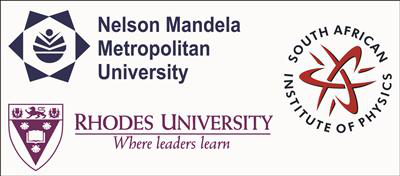Speaker
Abstract content <br> (Max 300 words)<br><a href="http://events.saip.org.za/getFile.py/access?resId=0&materialId=0&confId=34" target="_blank">Formatting &<br>Special chars</a>
The rotation curves (RCs) of disk galaxies are a tool for studying their mass distribution and the dark matter content. The assumption underlying this type of work is that galaxies are axisymmetric and the rotational velocity of their gas traces the gravitational potential. Unfortunately, this is surely not the case for barred galaxies since the measured velocities depend on both the gravitational potential and the gas' streaming motion along the bar.
The so-called “tilted-ring method” is commonly adopted when deriving RCs of galaxies, but it can produce erroneous values for the derived parameters of galaxies with large non-circular motions. There are methods used to correct for the non-circular motion which are based on harmonic decomposition and Fourier analysis of the velocity field. However, these methods do not work when the bar is aligned or perpendicular to the major axis because of degenerate velocity components.
Using the case of NGC 3319, we show the importance of properly accounting for these non-circular motions. We use snapshots of N-body/hydrodynamic simulations with similar bar properties to adjust the observed RC of NGC 3319. The mass models of the adjusted RCs vary greatly from those obtained using the observed RC. These lead to wildly different conclusions about the dark matter concentration and domination. These results demonstrate that future studies of barred spiral galaxies must include careful corrections for the non-circular motions.
Main supervisor (name and email)<br>and his / her institution
Prof. Claude Carignan;
ccarignan@ast.uct.ac.za;
Department of Astronomy, University of Cape Town
Please indicate whether<br>this abstract may be<br>published online<br>(Yes / No)
yes
Level for award<br> (Hons, MSc, <br> PhD, N/A)?
PhD
Would you like to <br> submit a short paper <br> for the Conference <br> Proceedings (Yes / No)?
yes
Apply to be<br> considered for a student <br> award (Yes / No)?
yes

